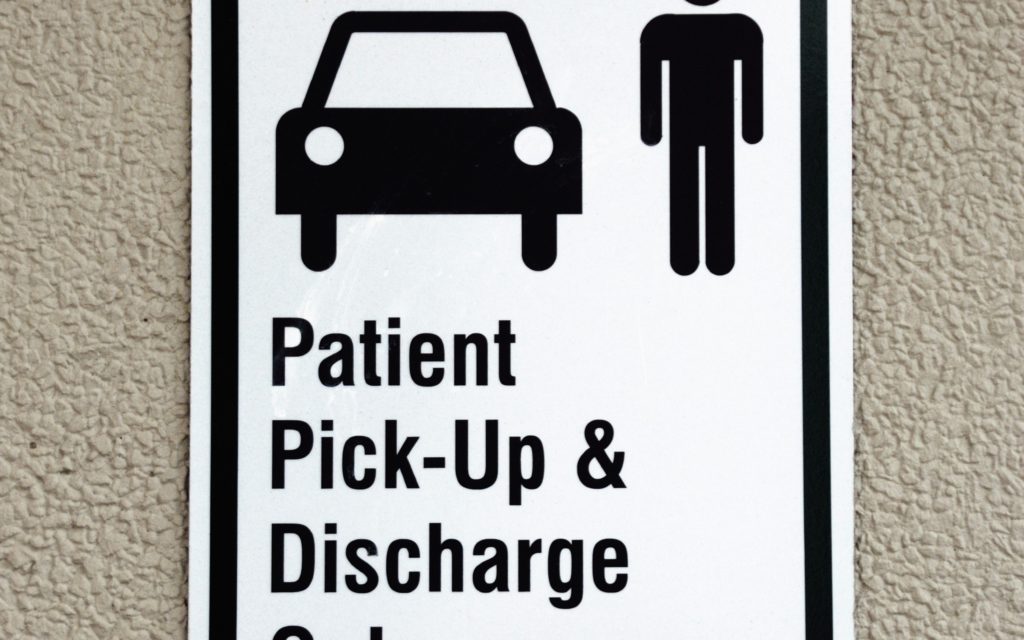The months following amputation surgery are typically broken down in to a few stages. Although these stages are not the same for everyone as age, health, and diagnosis differ and are considered, this is a rough outline as to what one can expect during the recovery process:
1. Hospital recovery
During the early stages of recovery, you should expect to spend a few days in the hospital. The main priority in this stage is to take care of your wound as it heals – this will most likely require assistance from pain killers. Hospital professionals will assist you in stretch and strengthening exercises for your muscles and help you adjust to your new self through practices such as: transferring safely from your bed to other surfaces and managing day-to-day living skills.
2. Prosthetic preparation
This stage is usually a 3-4 long week process as the main goals are for you to better adjust to your residual limb(s). You will be instructed to: care for your wound, ensure your residual limb is straight as often as possible, and continue doing any exercises you were taught during your stay at the hospital. The prosthetic preparation stage is important and gives you the opportunity to adjust in an environment you are used to – your home. You will learn how to navigate safely and how to take on daily tasks, it will be a rewarding re-discovery experience. Make sure to stay on top of all your follow-up appointments as well!
3. Prosthetic fitting
Once your wound is healed, your prosthetist will begin your fitting. Roughly 3 weeks after your first fitting, they will provide you with a temporary prosthesis to practice and get used to with. During this stage your main priorities are to: continue to care for your residual limb, to massage your scar, and continue stretching and strengthening your muscles with exercises taught to you during your stay at the hospital.
4. Learning to use your prosthesis
With your temporary prosthesis you will learn how to: put on and take off your prosthesis, walk with your prosthesis (with assistance from a walking aid), care and clean your prosthesis, and slowly increase how long to wear your prosthesis each day. This stage can take up to 6 months and once your residual limb reaches a stable size, another fitting may take place and you will receive a definitive prosthesis instead, which can look more realistic or have more advanced components to it. In some cases, the temporary prosthesis becomes the definitive prosthesis.
5. Going back to your daily routine
When you feel comfortable to, you can start tackling tasks from your daily routine. Although you may not be able to take on those tasks the same way you did before, you will find new ways to enhance your routine to suit your present self. As you gain more strength and become more active, your main priorities during this final stage is to: maintain your health, develop a strong support system, go back to everyday activities such as work and social activities, and to exercise coping methods to help you deal with new challenges that may occur as you fully adjust to your prosthesis.
Conclusion
We won’t sugarcoat it. These 5 steps after amputation surgery are much easier said than done. However, we can promise you that you will get through these steps and once you do, you will feel happy and excited about life again. Good luck on your journey. We are always cheering you on! For more assistance or further guidance, please contact us – our team of professionals are always happy to help.






